Gifting has never been easier
Perfect if you're short on time or are unable to deliver your gift yourself. Enter your message and select when to send it.
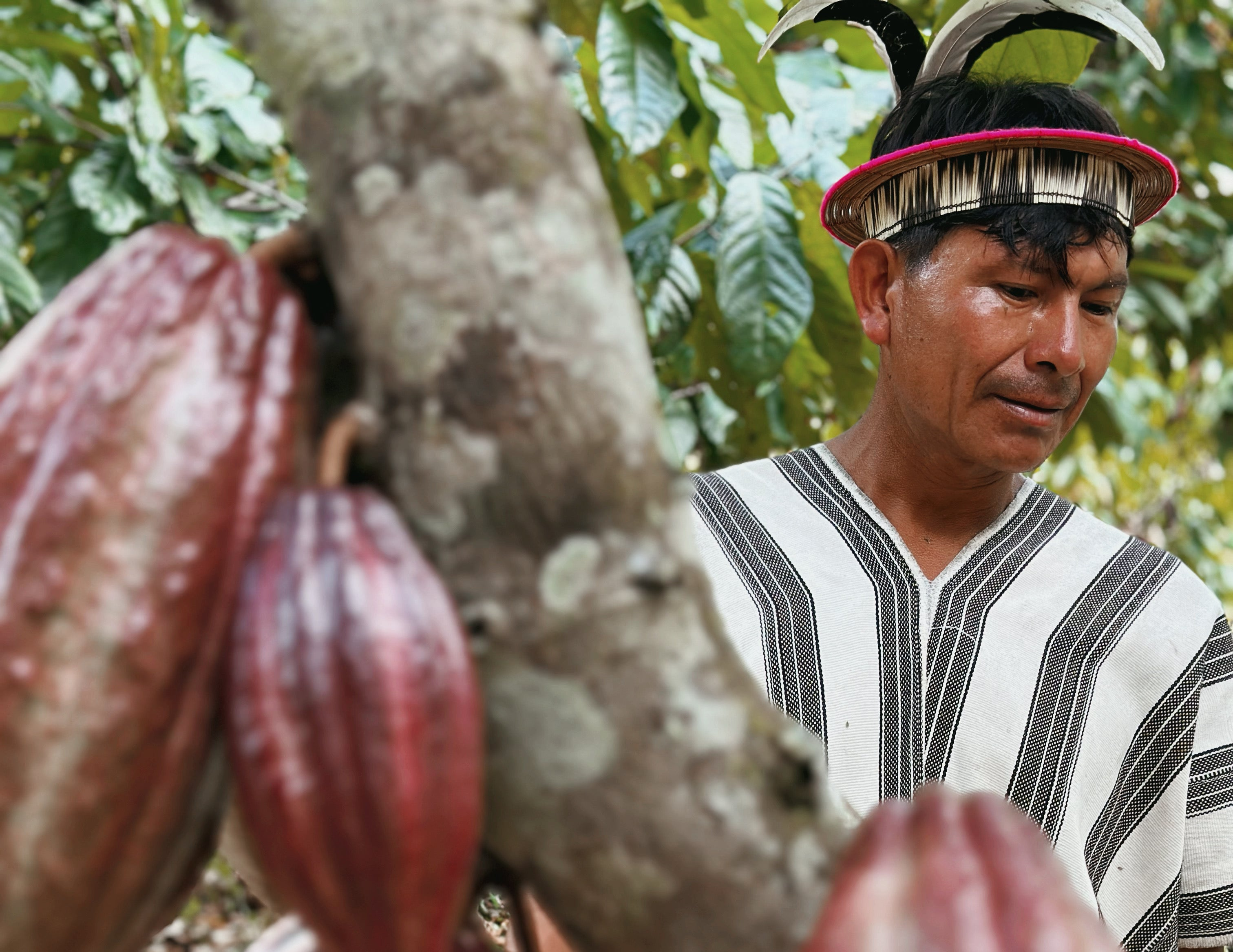
LEARN EVERYTHING ABOUT THIS SACRED PLANT
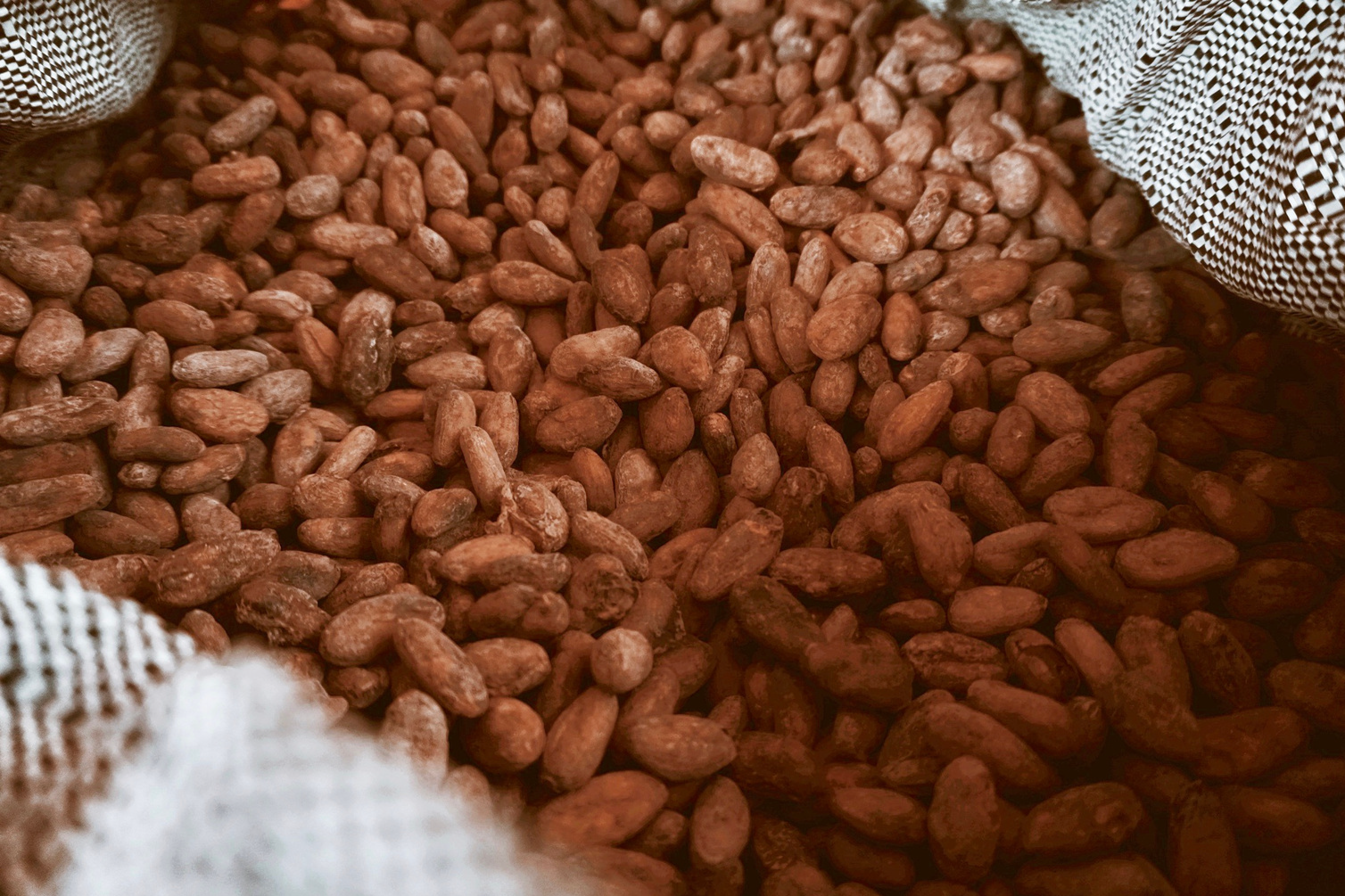
FROM REVERED RITUAL TO CANDY BAR
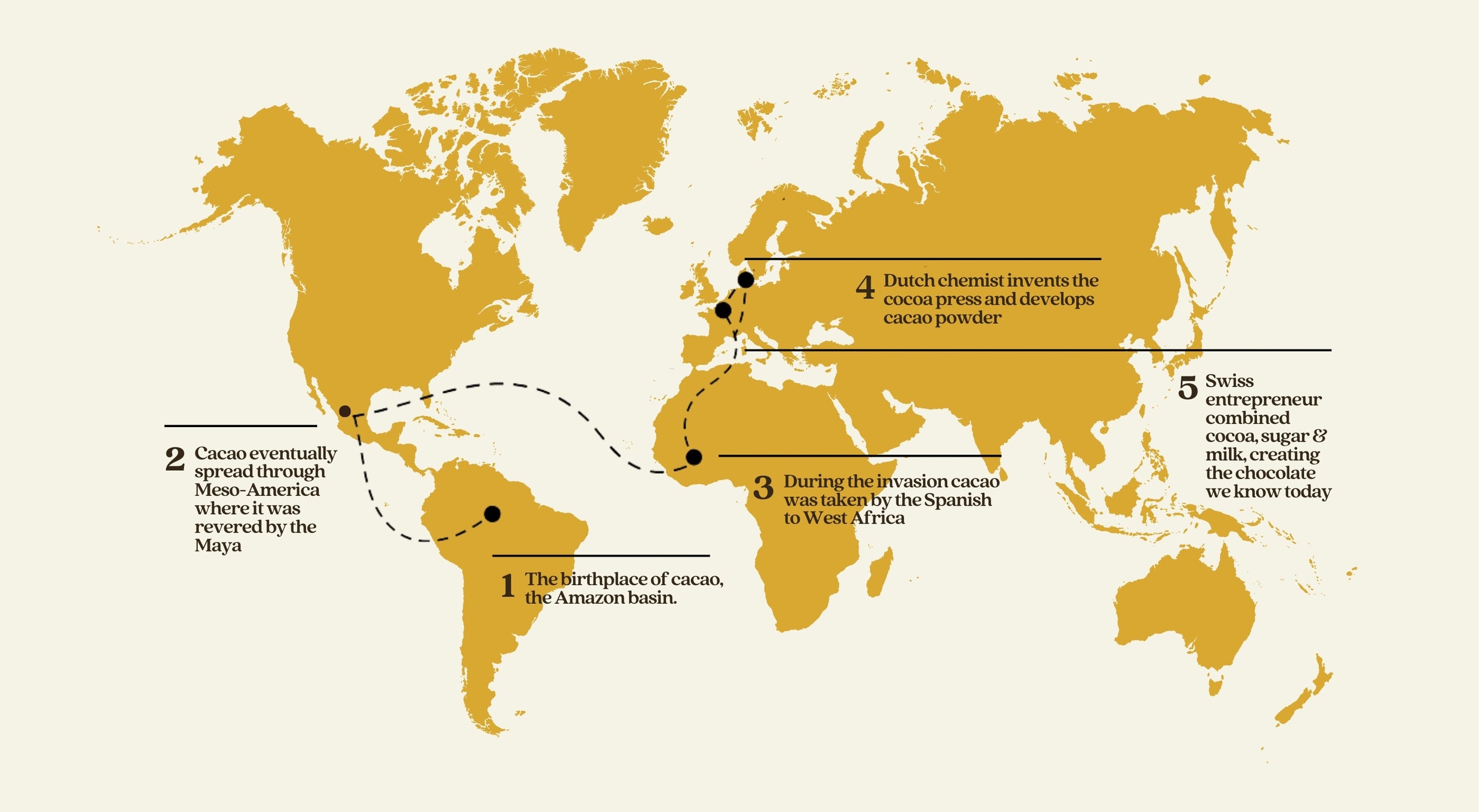
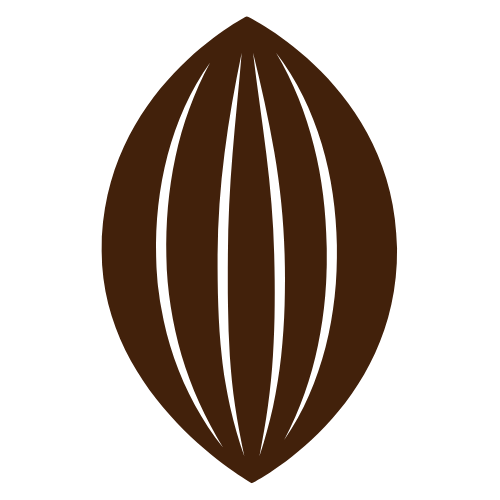


`


Cacao grown is turned into Cocoa
Remains Cacao - Less as Ceremonial
Worlds Cacao grown in Africa
Children in slave labour
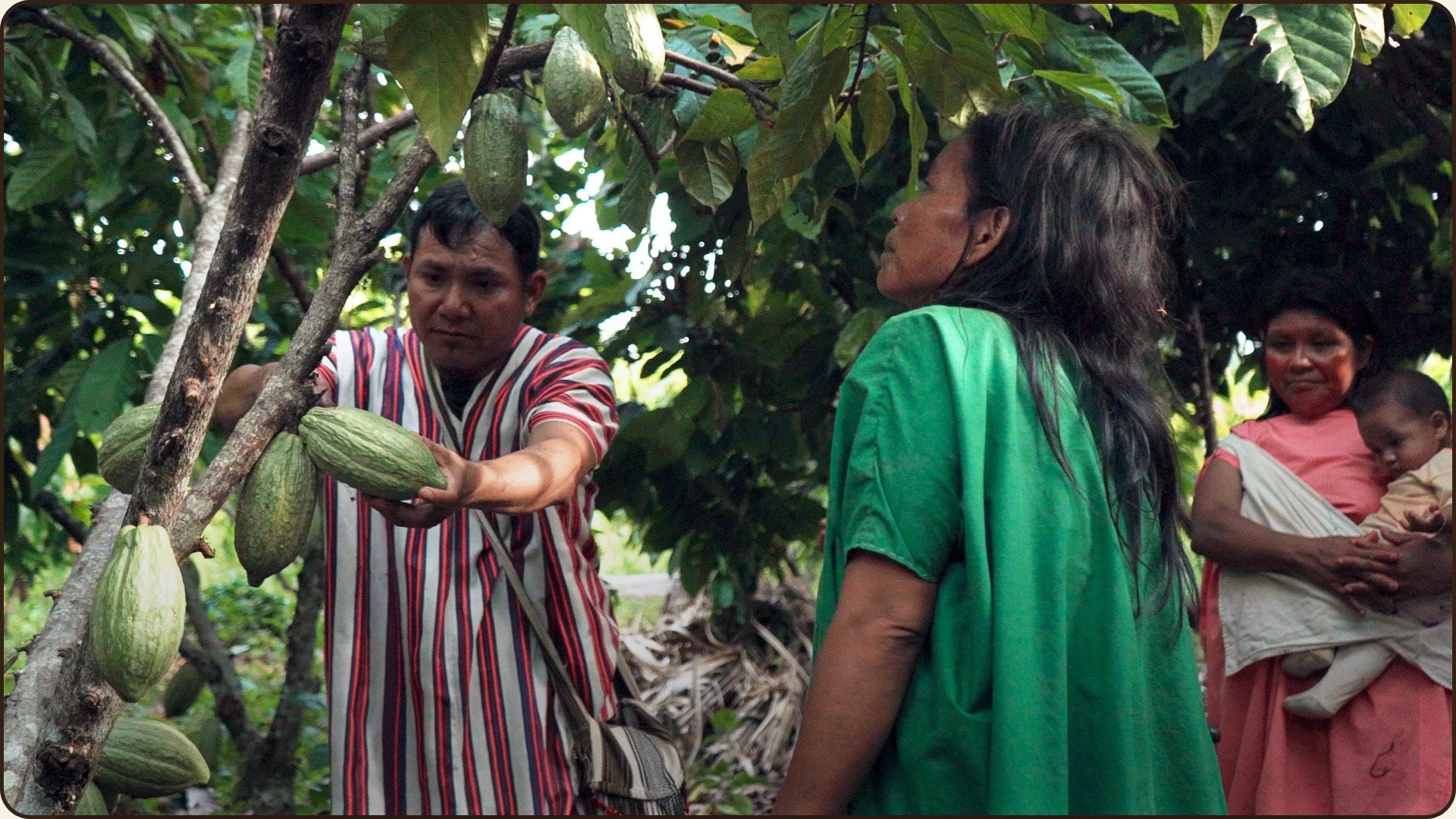
CACAO'S BITTER TRUTH
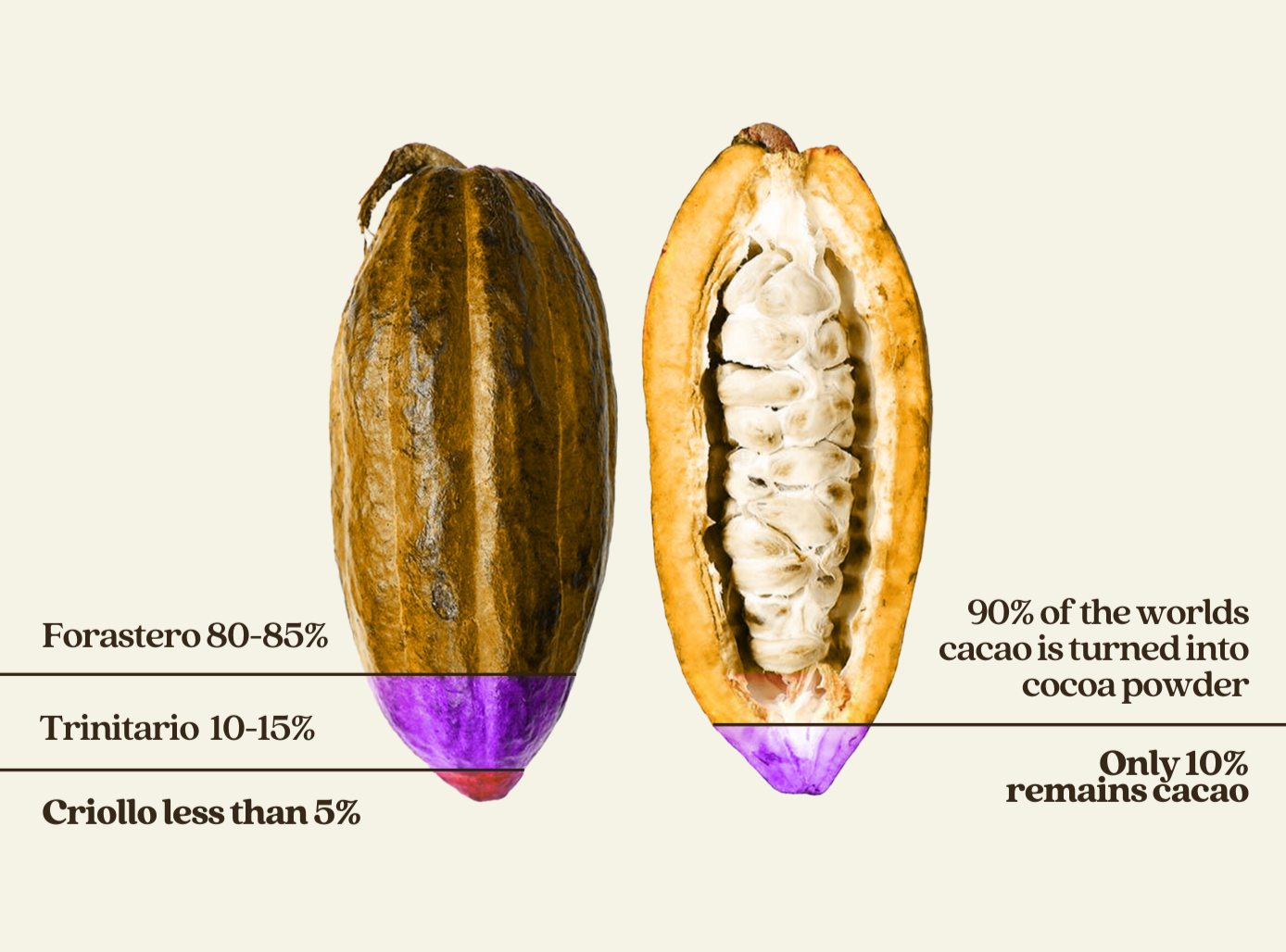
CRIOLLO (Native)
Scientific Name:
Theobroma cacao var. Criollo (Meaning Native)
Origin:
Native to the Amazon Basin and domesticated in Meso-America.
Flavour Profile:
Exceptionally delicate and complex, with low bitterness and subtle notes of fruit, nuts, caramel, and spice. Highly aromatic with a smooth, refined finish.
Characteristics:
Thin-skinned pods (often red or yellow), low-yielding, and highly susceptible to disease. Known as the “original cacao,” cultivated and revered by the Maya and Aztec for ceremonial use.
Global Production:
Less than 5% of the world’s cacao. Rare, prized, and sought after for ceremonial cacao and fine-flavour chocolate.
Summary:
Criollo is the rarest and most treasured cacao strain, celebrated for its unique flavour complexity and cultural heritage. Though difficult to cultivate, it remains the gold standard for purity and quality, embodying cacao’s sacred origins.
FORESTERO (Foreigner)
Scientific Name:
Theobroma cacao var. Forastero (meaning Foreigner)
Origin:
Native to the Amazon Basin and widely cultivated across West Africa.
Flavour Profile:
Strong, bold, and earthy with higher bitterness and less complexity than Criollo. Often described as robust but lacking in fine flavour or aroma.
Characteristics:
Thick-skinned pods, highly resistant to disease, and extremely high-yielding. This resilience makes Forastero the preferred strain for industrial farming and mass-produced chocolate.
Global Production:
Around 80–85% of the world’s cacao supply, making it the dominant variety.
Summary:
Forastero is the backbone of the global chocolate industry. While hardy and reliable for large-scale farming, it is less prized for flavour. Its widespread cultivation has often come at the expense of rainforest ecosystems and fair conditions for farmers.
TRINATARIO ( Hybrid)
Scientific Name:
Theobroma cacao var. Trinitario (from Trinidad)
Origin:
First cultivated in Trinidad in the 18th century, after a natural hybrid formed between Criollo and Forastero.
Flavour Profile:
Balanced and refined, combining Criollo’s delicate fruity and floral notes with the robust body of Forastero. Considered a fine-flavour cacao with good complexity.
Characteristics:
Pods vary in colour and form. More resilient and higher-yielding than Criollo, yet capable of producing chocolate with distinct aromatic qualities.
Global Production:
Roughly 10–15% of global cacao, most often used for premium and artisanal chocolate.
Summary:
Trinitario bridges the gap between strength and delicacy. With the hardiness of Forastero and the elegance of Criollo, it offers a balance of resilience and quality, making it a favourite in fine chocolate production around the world.
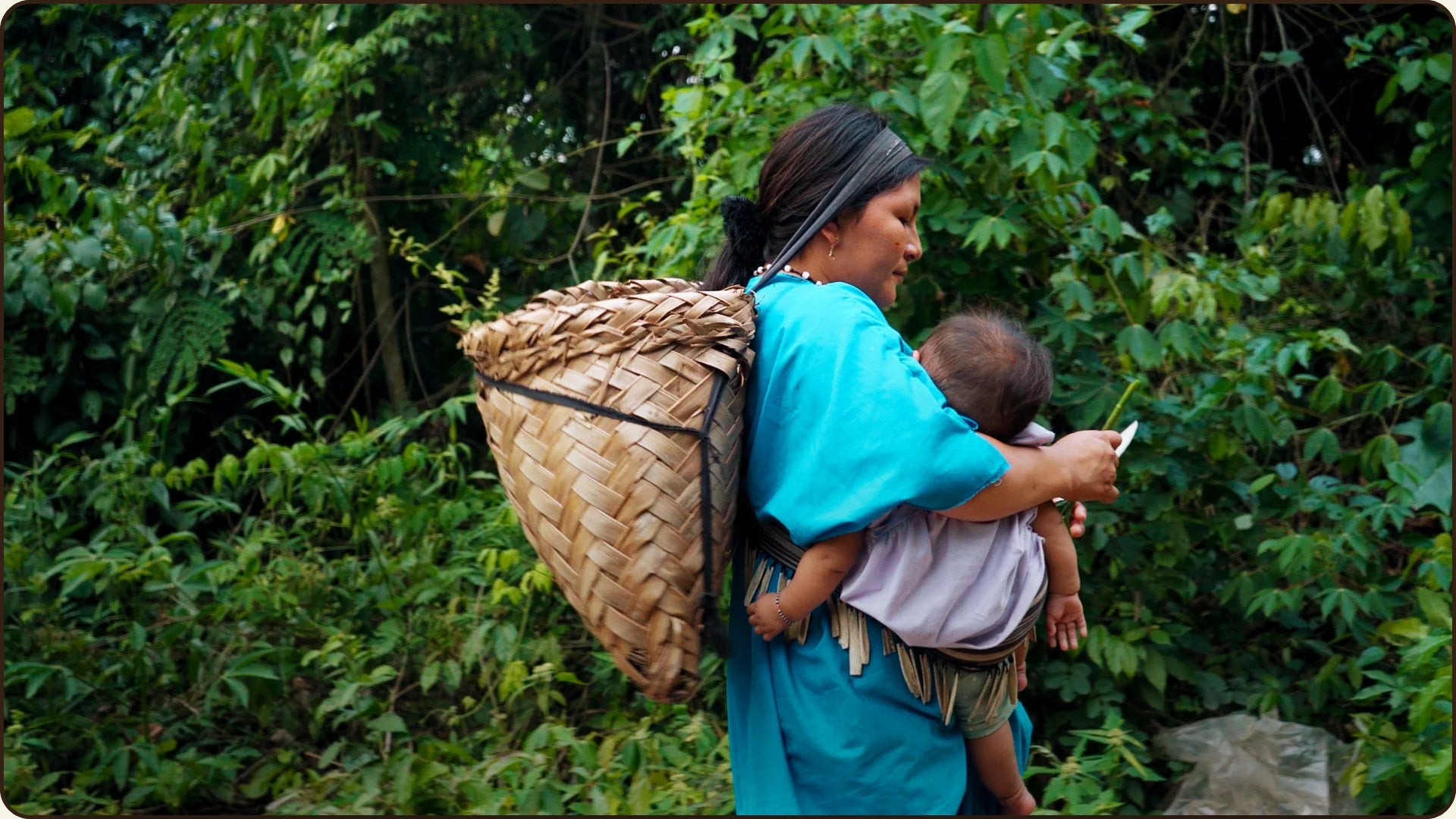
CACAO THAT IS GOOD FOR THE PLANET AND YOU
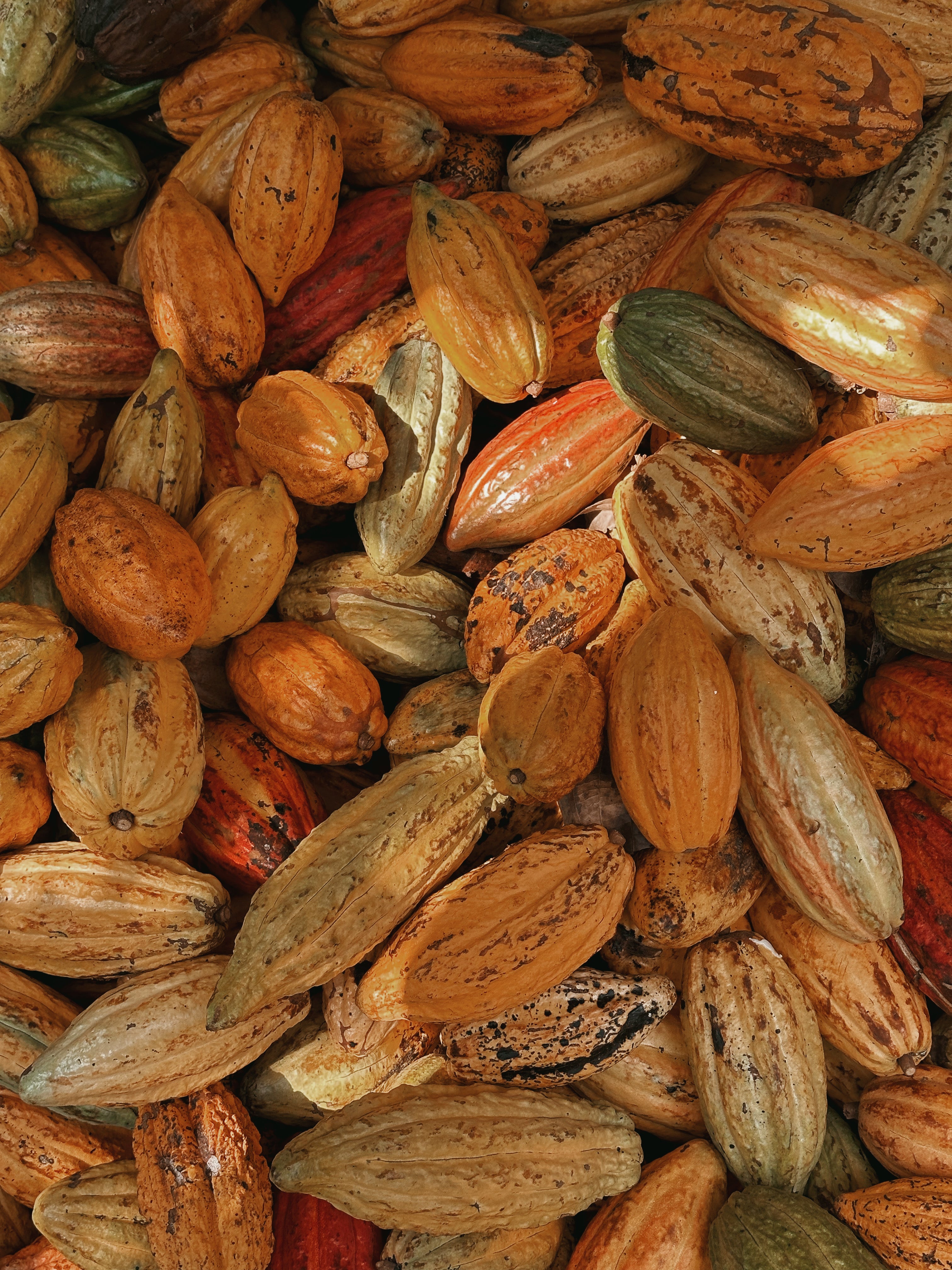
FROM THE HEART OF THE AMAZON TO YOUR HOME
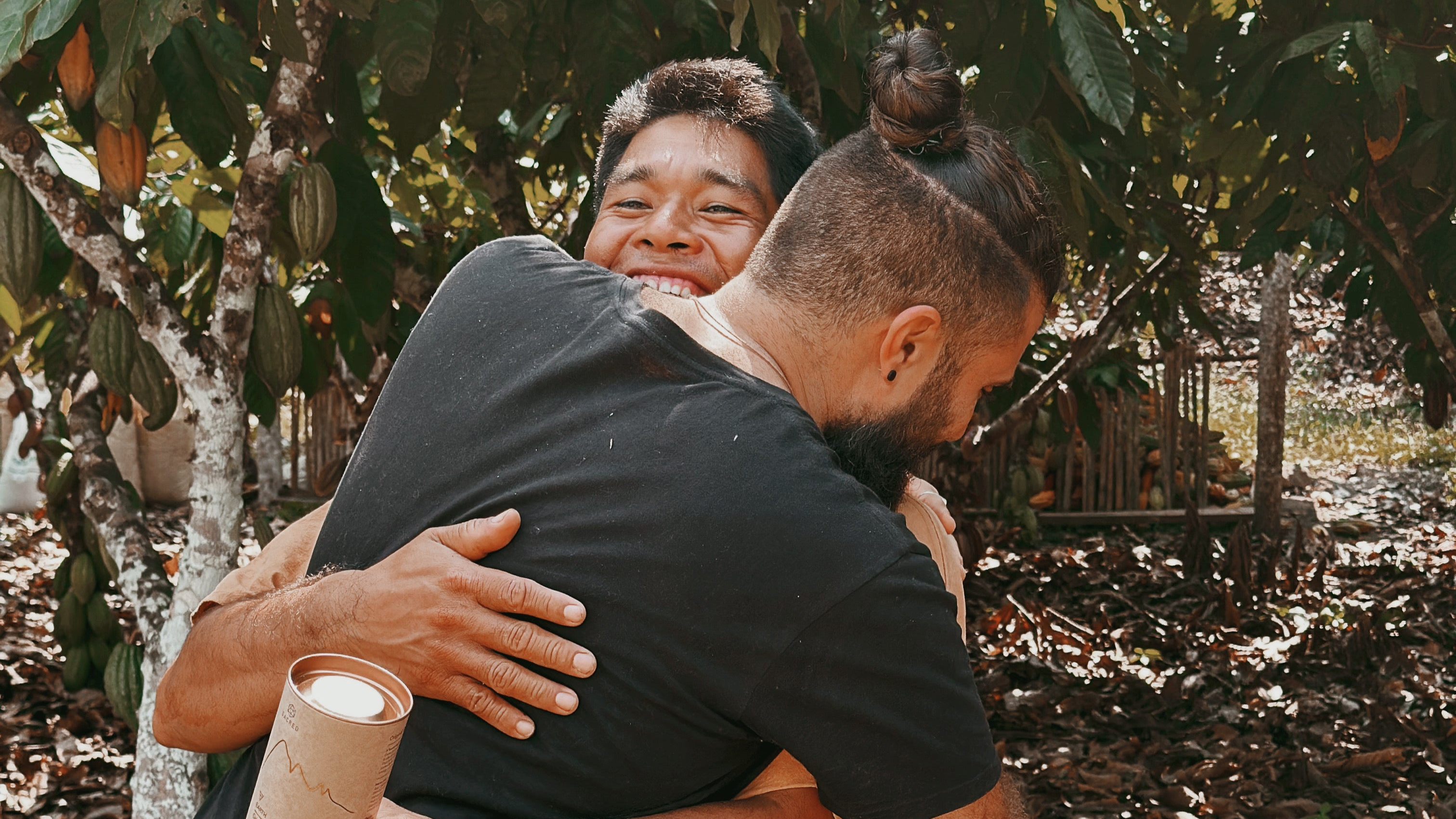
PEOPLE AND PLANET OVER PROFIT
What is cacao exactly?
Cacao is the seed of the tropical Theobroma cacao tree, a plant native to the Amazon rainforest and revered for over 5,000 years. Known by the ancient Maya as the “food of the gods,” cacao is the purest and most natural form of chocolate. It is harvested from pods that grow directly on the trunk of the tree, then fermented, dried, and ground into cacao nibs, paste, powder, or butter. Unlike processed chocolate, cacao remains rich in nutrients, antioxidants, and plant compounds that support health, vitality, and emotional well-being. Today, wild-crafted and ceremonial-grade cacao is celebrated not just as food, but as a sacred plant medicine that connects us to ourselves, our communities, and the Earth.
How is cacao different from cocoa?
Although the words are often used interchangeably, cacao and cocoa are very different. Cacao usually refers to the raw or minimally processed form, often unroasted or lightly roasted, cold-pressed, and nutrient-dense. It has a rich, complex flavour and is packed with antioxidants, magnesium, iron, and theobromine, making it a natural superfood. Cocoa, on the other hand, refers to cacao that has been roasted at high temperatures, alkalised, and sometimes blended with sugar, milk, or additives to create conventional chocolate. While cocoa is smoother and less bitter, it contains fewer nutrients. Choosing wild-crafted or ceremonial cacao ensures you are experiencing chocolate in its purest, most powerful form.
Why is cacao considered a superfood?
Cacao is considered one of nature’s most powerful superfoods thanks to its extraordinary nutrient profile. It is one of the highest natural sources of antioxidants, specifically flavanols, which protect cells from damage and support heart and brain health. Cacao is also rich in magnesium, known to support relaxation, muscle function, and energy production, as well as iron, calcium, and zinc. Unique compounds like theobromine provide gentle, sustained energy without the crash of caffeine, while phenylethylamine and anandamide stimulate the release of serotonin, dopamine, and endorphins, lifting mood, reducing stress, and enhancing emotional well-being. For these reasons, cacao is celebrated not only as food but also as a natural medicine for body, mind, and spirit.
Where does cacao come from and how long has it been used?
Cacao originates in the Amazon Basin, where Indigenous communities have cultivated and honoured it for over 5000 years. The earliest evidence of cacao use dates back to Ecuador, where it was prepared as a fermented drink. From there, it spread into Mesoamerica, where the Maya and Aztec civilisations elevated cacao into ritual, ceremony, and even currency. For them, cacao was not just food, it was sacred, a bridge to the divine, and a symbol of abundance and life. Spanish colonisers later brought cacao to Europe in the 1500s, transforming it into sweetened chocolate. Today, cacao continues to hold both cultural and nutritional significance, with wild-crafted and ceremonial cacao reconnecting us to its ancient heritage while supporting Indigenous families and protecting the rainforest.
Is cacao safe and how much should I consume?
Yes, cacao is safe for most people and offers gentle, heart-opening energy thanks to its natural compound theobromine, which stimulates circulation and focus without the crash or jitters of caffeine. However, because cacao is potent, it is best enjoyed mindfully. A typical serving of ceremonial cacao ranges from 20 to 42 grams, depending on your body, intention, and sensitivity. Consuming too much may cause mild discomfort, such as nausea or overstimulation, particularly on an empty stomach. For most people, a daily cup of cacao is a nourishing ritual that enhances mood, clarity, and connection. When consumed consciously, cacao is not just safe, it is deeply supportive of overall well-being.
Enjoy all 5 Flavours of Wild-Crafted Cacao
Free Welcome Kit - Spoon & Whisk
Free Shipping Worldwide
30 Day Money Back Guarantee
Bonus Online Ceremony & Recipe E-Book
SUBSCRIBE & SAVE